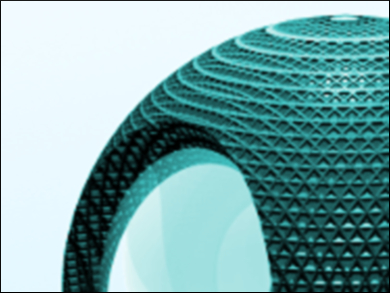Mesoporous silica nanoparticles (MSNs) have been investigated as drug delivery vessels because of their high surface area, large pore volume, and the possibility of surface functionalization. Made by soft-templating of surfactant micelles or block co-polymers, the pores of these MSNs typically have sizes of a few nanometers. This pore size has proven successful for the delivery of small molecules. However, materials with larger pores are required to extend this drug delivery technique to large therapeutic biomolecules.
Jaeyun Kim, Sungkyunkwan University, Suwon, Suk-Jo Kang, Korea Advanced Institute of Science and Technology, Daejon, both Republic of Korea (KAIST), and colleagues have developed a synthesis route to MSNs with extra-large pores. The team used cetyltrimethylammonium bromide (CTAB)-stabilized iron oxide nanoparticles as seeds in a sol-gel process. In the presence of high amounts of ethyl acetate as an additive, uniform MSNs with pores in the range of 30 nm were formed. The diameter of the particles could be tuned from 100 nm to 180 nm.
The synthesized particles could be loaded with higher levels of IL-4 (an anti-inflammatory cytokine) than particles with small pores. The researchers showed that the IL-4-loaded particles were successfully delivered to macrophages, where they induced an anti-inflammatory response.
- Extra-Large Pore Mesoporous Silica Nanoparticles for Directing in Vivo M2 Macrophage Polarization by Delivering IL-4,
Dohyeong Kwon, Bong Geun Cha, Yuri Cho, Jiyoun Min, Eun-Byeol Park, Suk-Jo Kang, Jaeyun Kim,
Nano Letters 2017.
DOI: 10.1021/acs.nanolett.6b04130
